Week 4 - 3D Scanning and Printing
This week, we delved into 3D printing.
SLA Printing
As I wanted to be ahead of the game and work with SLA printers, I took the training at the student-run MIT Makerspace The Deep on Thursday. The Deep has a Formlabs Form 3 printer, which is a resin-based SLA printer. I had briefly worked with a sterolithography bioprinter before (actually developed the frontend for it), but hadn’t used it for simple, everyday objects. Was was new to me was the concept of curing: After a print has been finished with resin, it needs to be even more solidified - that’s why we put it into a curer, that adds extra UV (?) light to it. The orange cover on the FormLabs printers protects the prints from getting cured from natural light, which would happen if you let them out on the working bench. Also, I learned that resin is toxic! So we need to wear gloves and be careful when handling it.
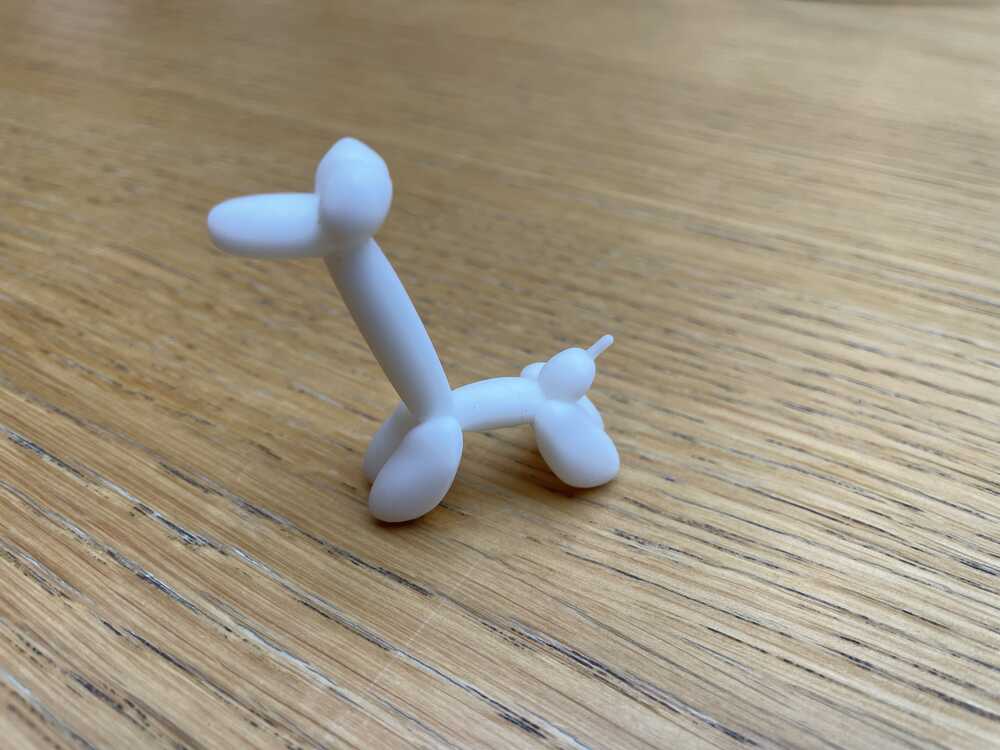

FDM Printing
I started with some simple prints from Thingiverse as I just wanted to get used to handling the printer. I am interested in biomimetic structures and found an “Open-source library of tissue engineering scaffolds”. I printed with a Prusa, however, the resolution of the print was not as good as I had hoped. I would need to increase the size of the model or work with an SLA printer for the fine structures I wanted.
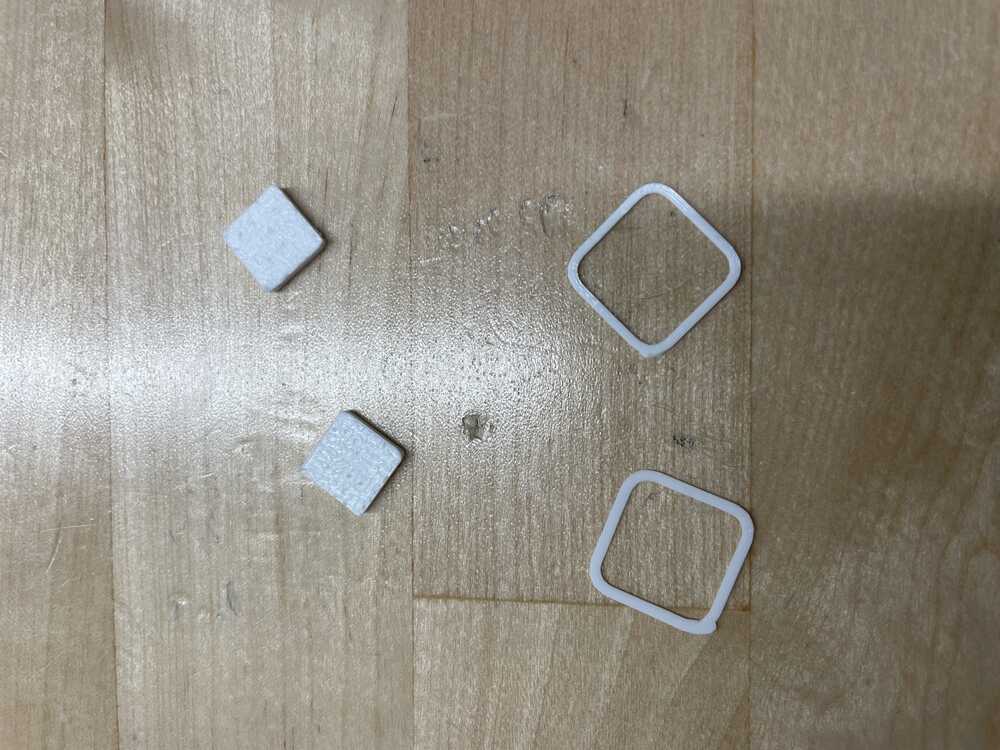
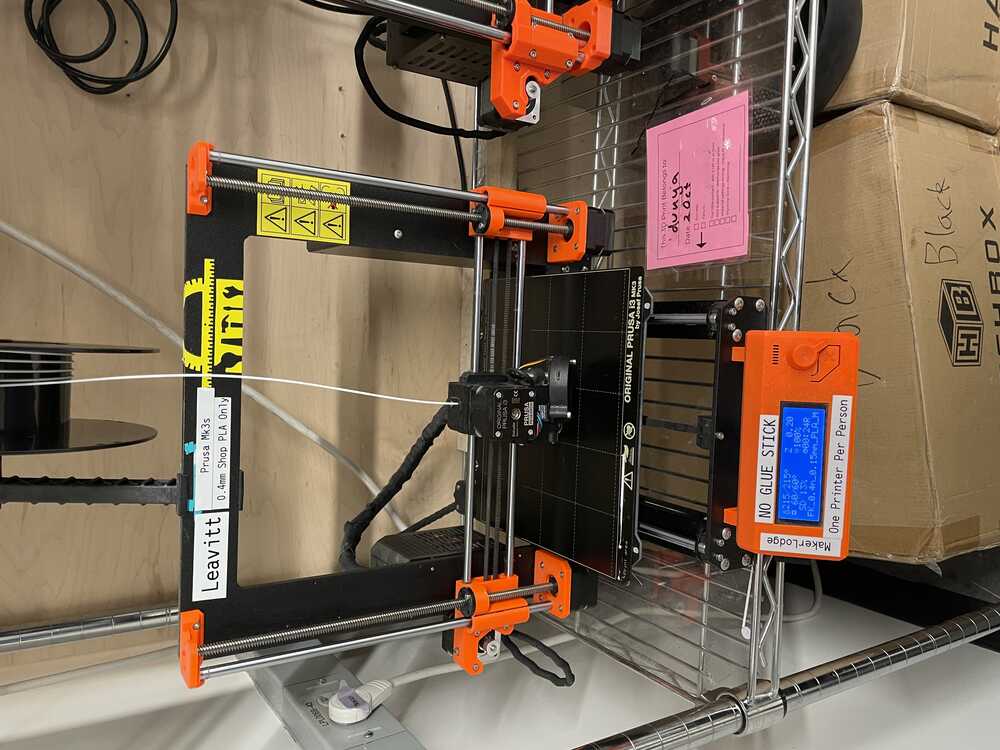
3D Modeling
For modeling, I wanted to continue with the biomimetic theme and discovered Voronoi patterns. I found a great tutorial on how to create a voronoi pattern in Fusion 360 using the free Voronoi Sketch Generator plugin. I created a simple 3D arch structure and played around with the supports - I was curious to see if the FDM printer would be able to handle it (it did!). In this case, I printed with the Creality, using the Cura slicer.
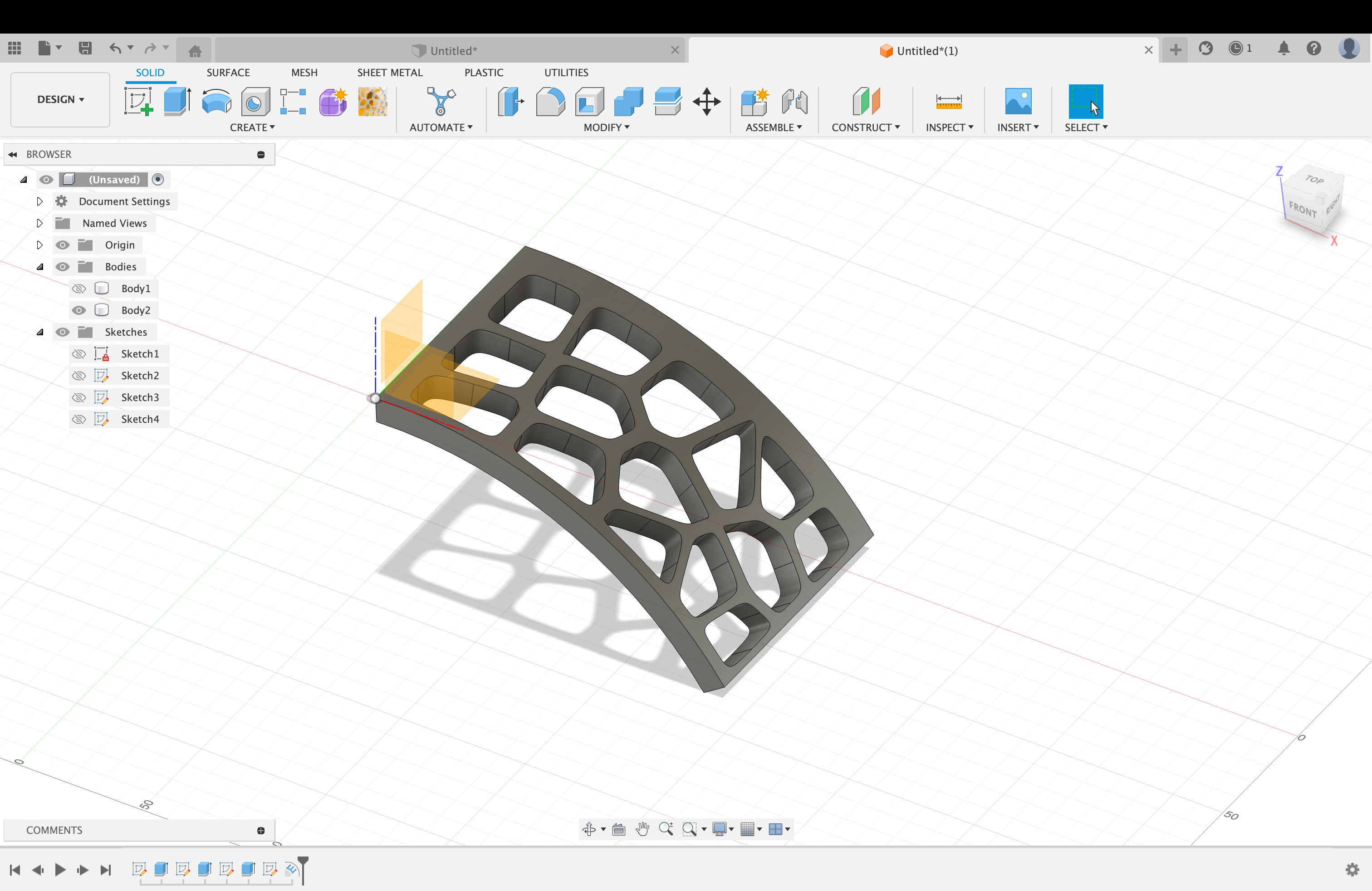
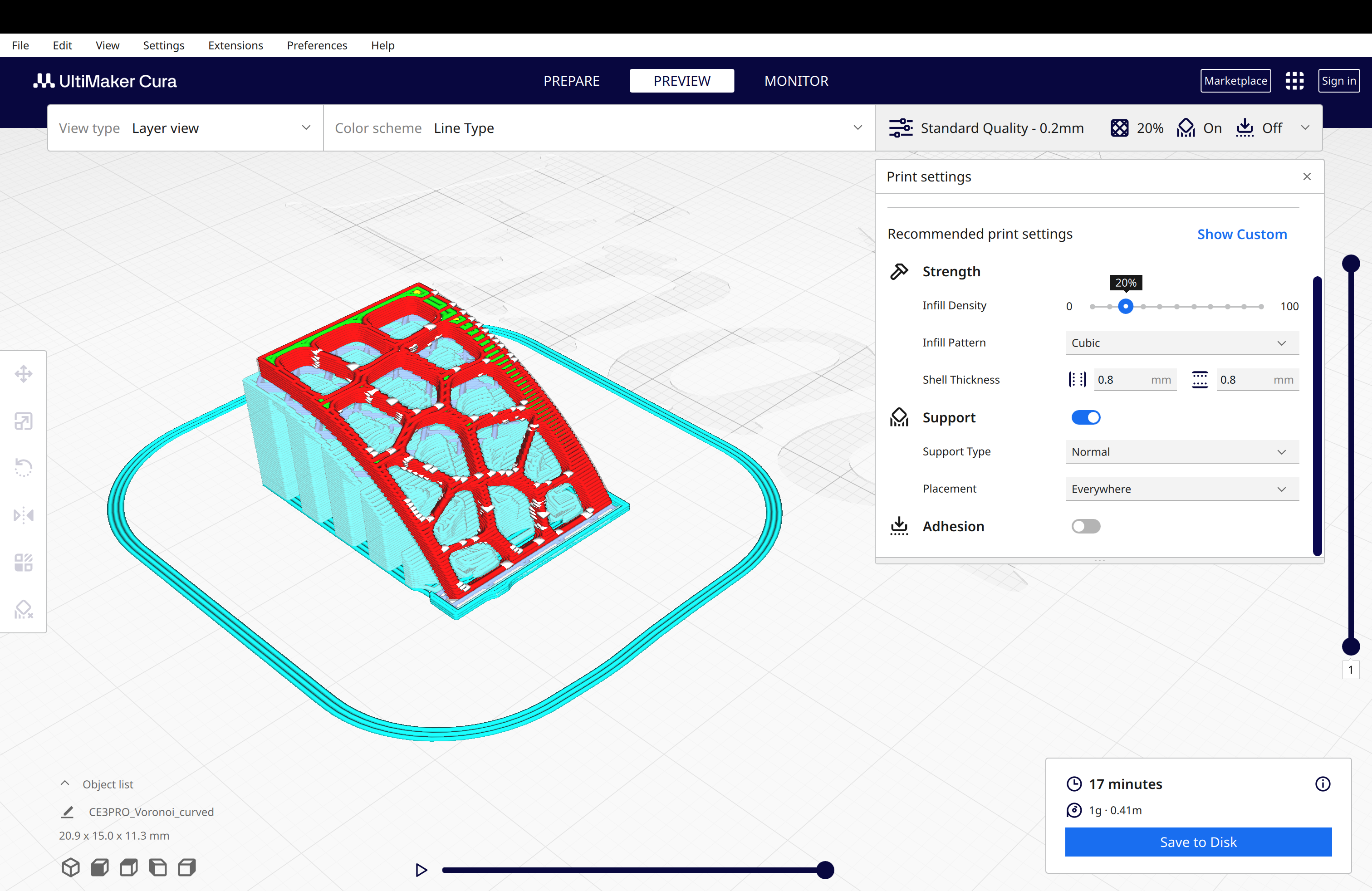
And this is how it turned out:
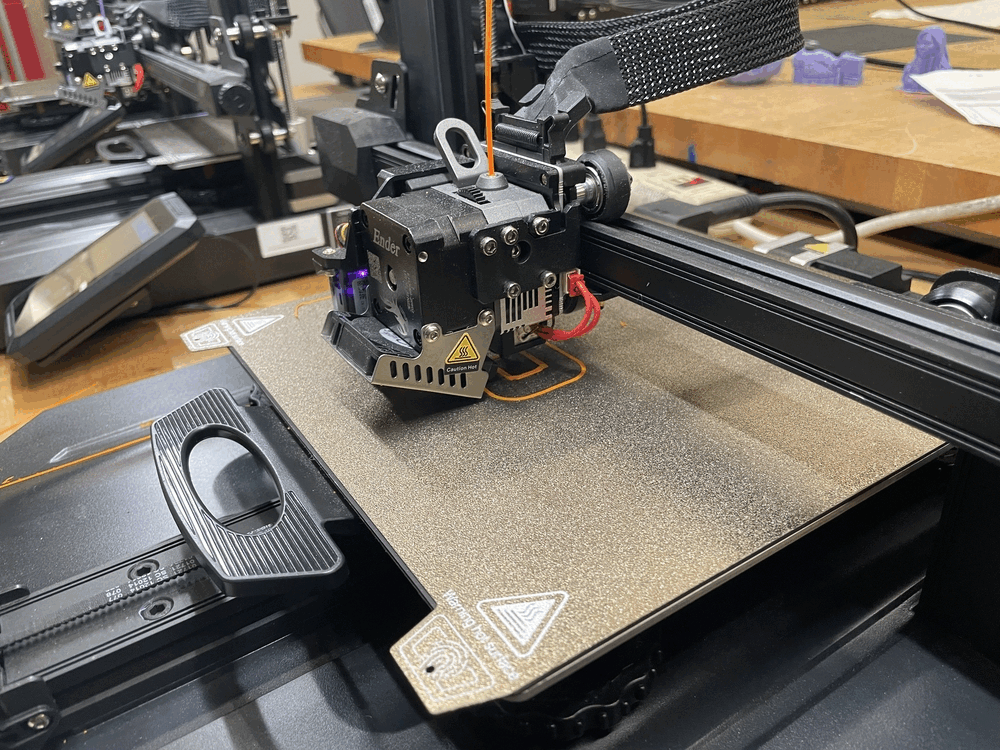
I also wanted to see how the SLA printer would handle the fine structures, so I created a more curved structure and set it to print on the FormLabs.
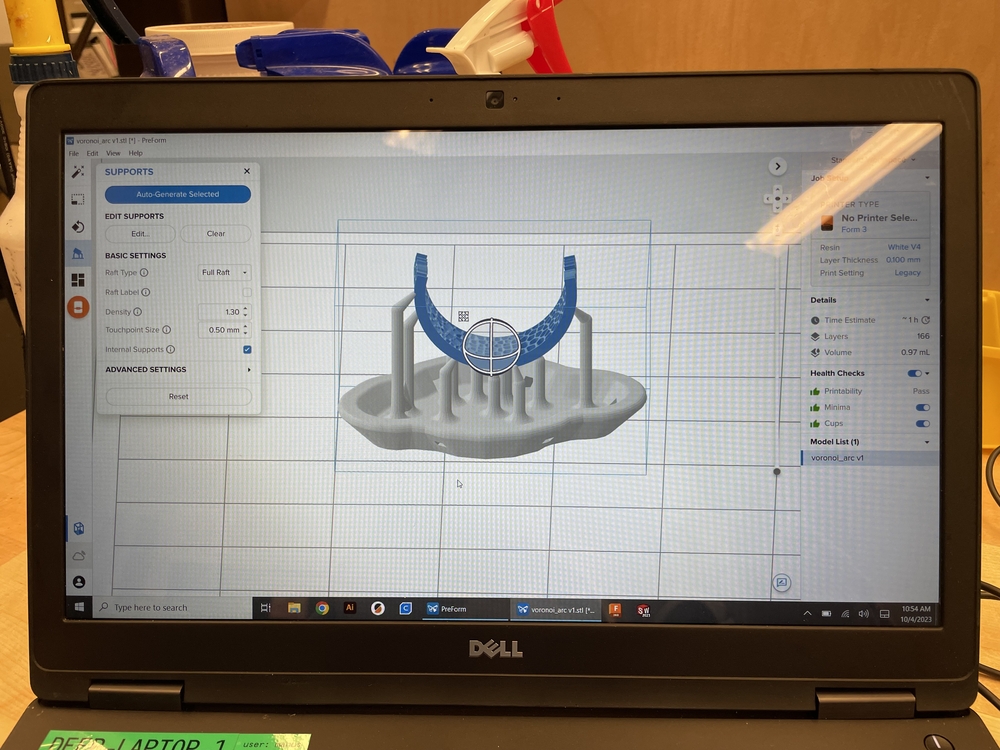
It’s still printing! I’ll update this post with the results.
3D Scanning
Scanning was fun!
First, I used the LiDAR app Scaniverse to scan a couple of objects in my vicinity. The resolution really blew me away.
Significant Women in Science
Next, I got inspired by the 3D printed life-size statues of important women in STEM that MIT had just installed in the yard for the Cambridge Science week, and which were now in the Media Lab atrium.
So, I teamed up with Char from the CBA section and we decided to create a mini-future significant women in STEAM statue of ourselves!
First, we created a full body scan of her with Scaniverse.
But we wanted to take it up a notch. Cleaning up the scans from the Scaniverse scan seemed a little difficult on a Tuesday, and Char had scanned her face with the Artec Leo portable 3D light scanner at CBA. Thus, we applied the scanner to a full body scan of me (posing as a significant woman in science). The resulting file had a size of 1.7 GB!
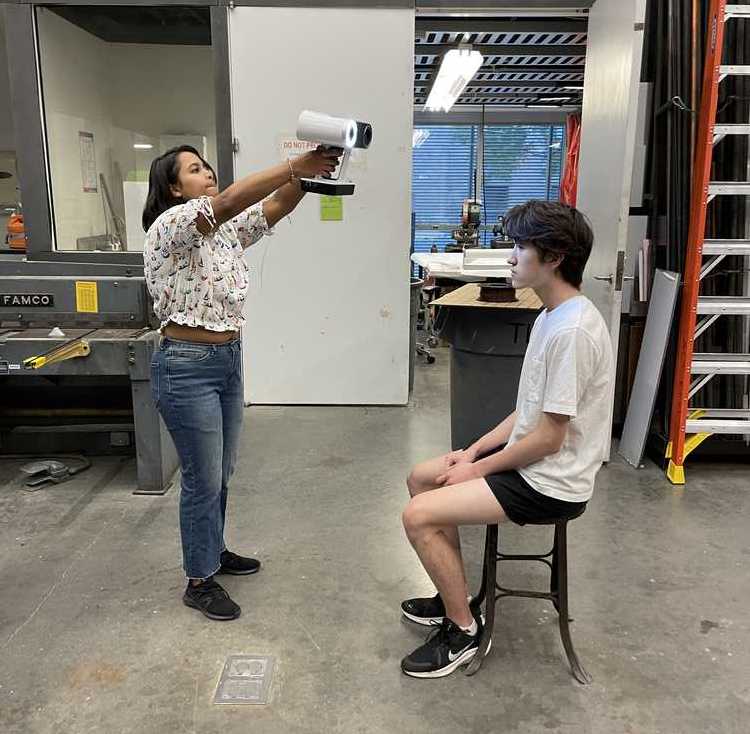
(This isn’t us but that’s how it looked like.)
The Artec software that comes with the light scanner has a really nice cleanup feature for the scan built in. The results were amazing.

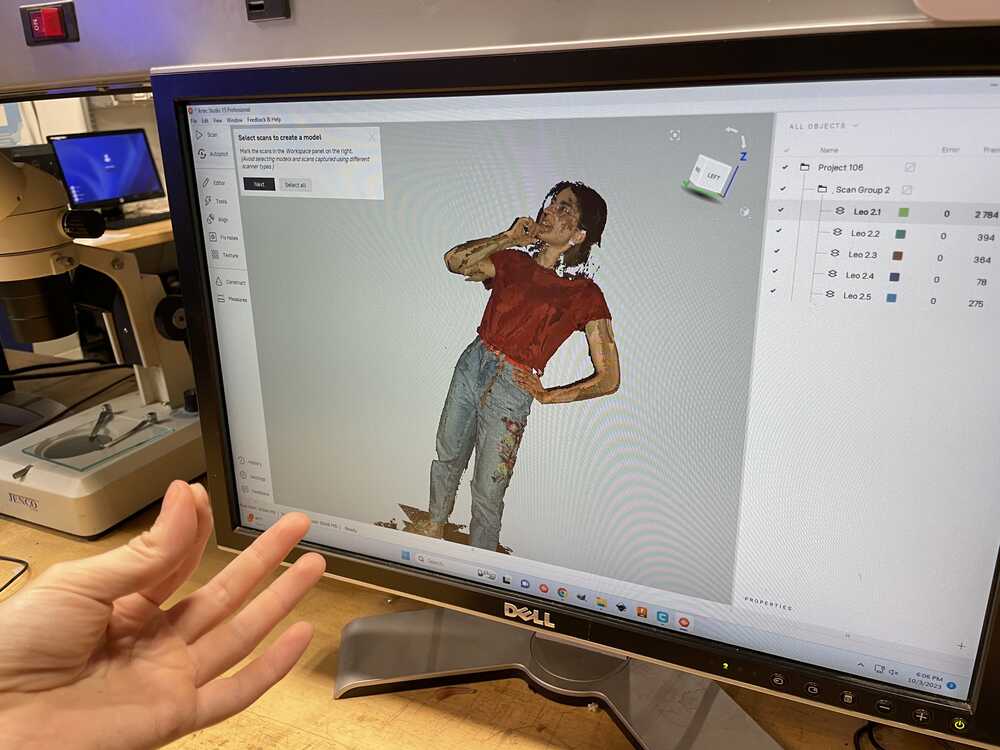
We printed the scan in the same orange color as the statues outside.


And these were the results after cleanup:


In the future, I’m hoping to print this on the F-55 at CBA. A mini-action figure of myself - wouldn’t that be fun?